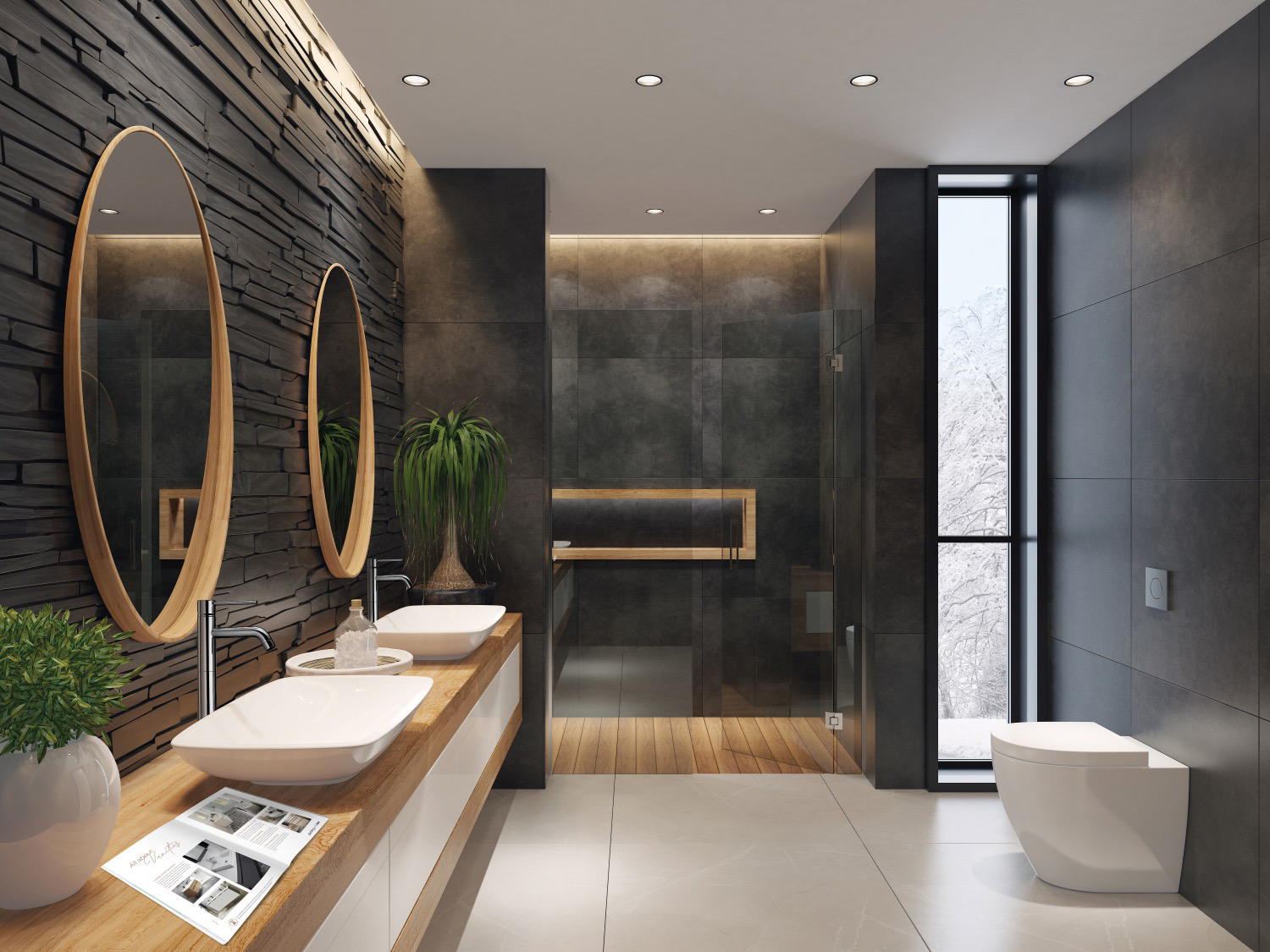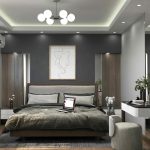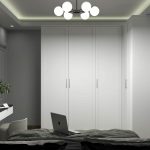Recessed lighting ceiling patterns are a popular trend in interior design. These lighting fixtures are installed inside the ceiling, creating a seamless look and adding a touch of elegance to any room. Recessed lighting is versatile and can be used in various spaces, from living rooms to kitchens, to create different types of atmospheres. In this article, we will explore the artistry of recessed lighting ceiling patterns and how they can enhance the design aesthetic of a room.
History of Recessed Lighting
Recessed lighting has been used in architecture for centuries. In the past, it was used to highlight artwork, sculptures, and other decorative features. However, with advancements in technology, recessed lighting became more affordable and accessible to the masses, and it soon became a staple in modern interior design.
Types of Recessed Lighting Ceiling Patterns
There are several types of recessed lighting ceiling patterns, each with its unique style and function. The most common types are:
- Baffle Trim: This type of recessed lighting has a ribbed interior that helps to reduce glare and diffuses the light, creating a soft ambiance.
- Open Trim: Open trim lighting has an open face, allowing the light to shine directly from the bulb without any obstruction. This type of lighting is ideal for accent lighting and highlighting specific areas of a room.
- Lens Trim: Lens trim fixtures have a clear or frosted lens cover that diffuses the light and spreads it evenly across the room. This type of lighting is ideal for general lighting, and it creates a warm and inviting atmosphere.
- Pinhole Trim: Pinhole trim fixtures have a small aperture that focuses the light in a narrow beam, creating a spotlight effect. This type of lighting is ideal for highlighting artwork, sculptures, or any decorative features in the room.
Design Considerations
When designing a room with recessed lighting ceiling patterns, there are several factors to consider:
- Ceiling Height: The height of the ceiling will determine the placement and spacing of the recessed lighting fixtures. Low ceilings may require more fixtures to create sufficient light, while high ceilings may need fewer fixtures but placed further apart.
- Room Size: The size of the room will determine the type of fixtures needed and the spacing between them. Large rooms may benefit from more intense lighting, while smaller rooms may require only a few fixtures to create a warm and inviting atmosphere.
- Color Scheme: The color scheme of the room will determine the color temperature of the light. Warm colors like orange and yellow will create a cozy and welcoming atmosphere, while cooler colors like blue and green will create a more relaxing environment.



